- DE
- EN
Retrofitting instead of buying new
Modern production systems are needed to make production in the manufacturing industry fit for Industry 4.0. However, it is not always necessary to buy new machines to switch to Industry 4.0. Existing systems or other equipment can also be integrated into a networked production environment by upgrading or retrofitting sensors and communication interfaces. The results of this so-called retrofit can include an extension of the service life of the production system, an increase in production volume or a reduction in production-related environmental impacts.
This study focusses on machine tool retrofits in machining production. A retrofit of systems can be carried out on the basis of various approaches. For the economic-ecological evaluation of retrofitting as a modernisation option for existing systems, a test scenario for the external cylindrical grinding of a bearing ring was implemented as part of the study and the consumption of natural resources such as energy, raw materials, water and soil over the entire life cycle of a machine tool was taken into account. The focus here was on a software and hardware solution that was as easy to implement and cost-effective as possible in order to cover a wide range of applications, particularly in the environment of small and medium-sized companies in the manufacturing industry.
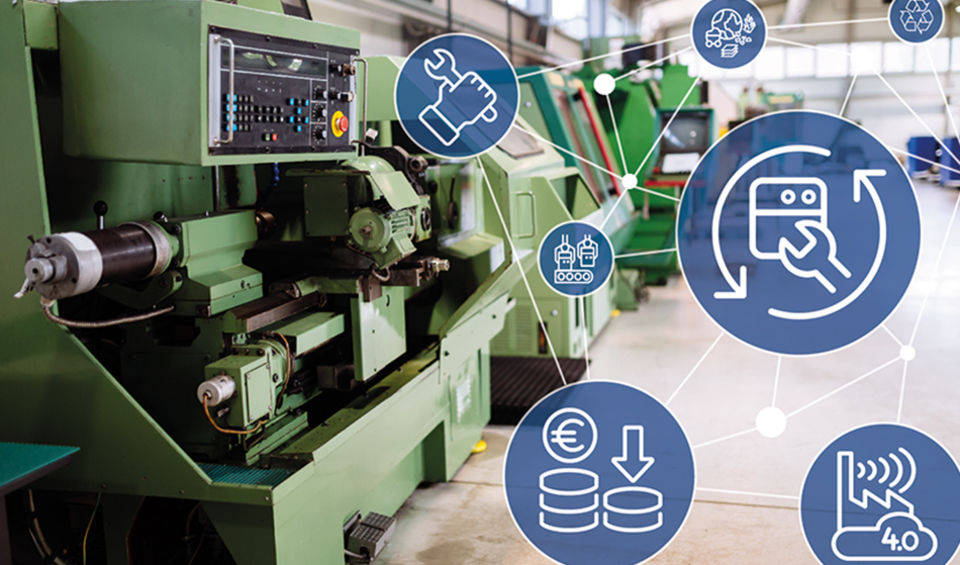 ©
PantherMedia / nd3000, VDI ZRE
©
PantherMedia / nd3000, VDI ZRECooling lubricants (coolants) are of great importance in metal cutting and forming. They increase the productivity and cost-effectiveness of the processes. In companies in the metalworking industry, water-miscible cooling lubricants are used in around 90 % of machining processes. They consist of a mostly mineral oil-based base oil and an additive package.
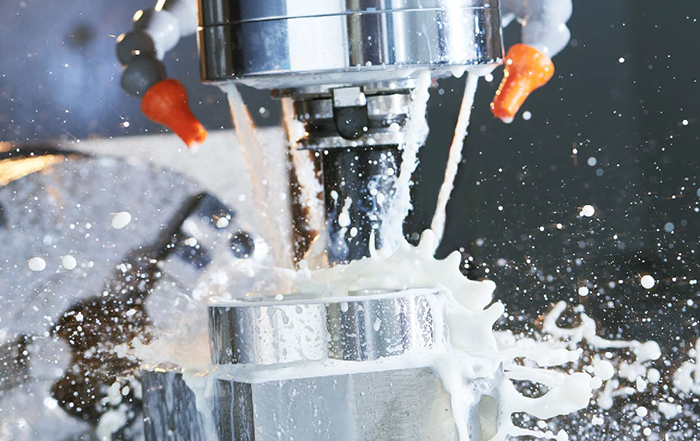 © Kadmy/Fotolia.com
© Kadmy/Fotolia.comThe digital transformation in industrial production offers considerable potential for increasing material and energy efficiency in companies. At the same time, the digitisation technologies used also require resources themselves: materials, including critical raw material, are used in the production of ICT components. Furthermore, the digital transformation can lead to higher energy consumption. The study "Resource efficiency through industry 4.0 - Potentials for SMEs in the manufacturing sector" focuses on this conflict between opportunities and challenges.
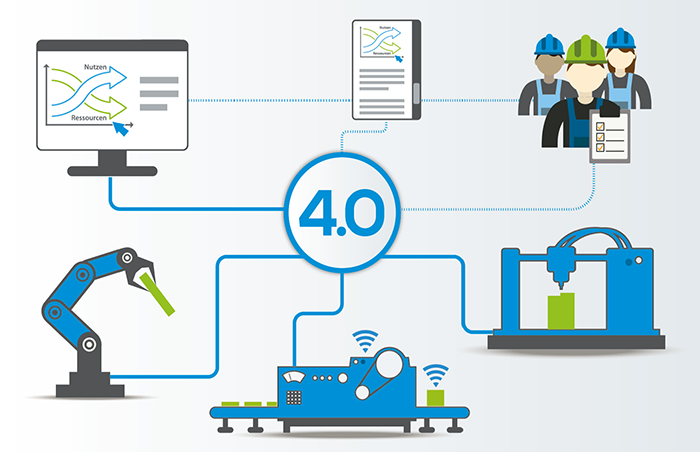 © VDI ZRE
© VDI ZREStationary energy storage systems are a necessary component of a future power supply system with high shares of renewable energies. Used in decentralized industrial applications, they help to increase resource efficiency while minimizing the costs of power supply. Storage solutions for the short to medium-term storage of electrical energy are therefore seen as a contribution to the success of the energy transition being driven forward in Germany.
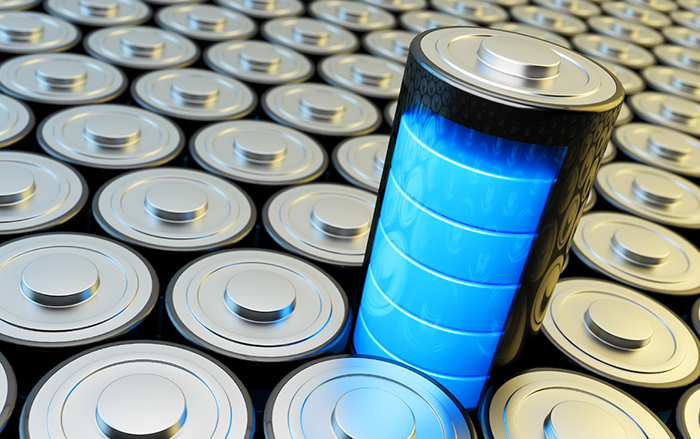 © Cybrain/Fotolia.com
© Cybrain/Fotolia.comAdditive processes as a key technology of digitisation are considered to be faster and more cost-effective. Among other things, because less scrap is produced and less waste is generated during manufacturing. Using a specific case study, the study compares the resource consumption of an additive manufacturing process with a conventional manufacturing process.
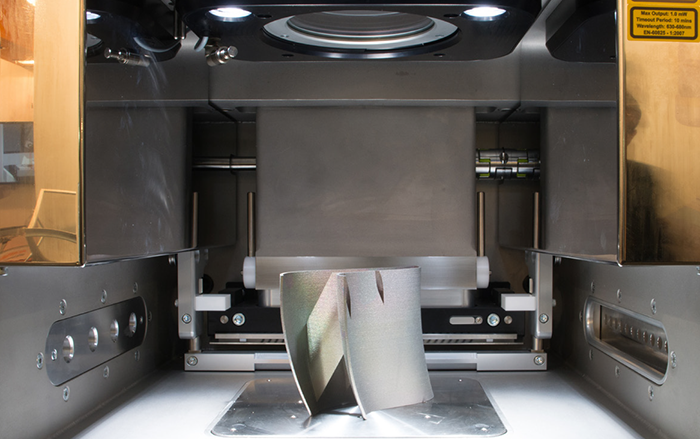 © PantherMedia / moreno.soppelsa
© PantherMedia / moreno.soppelsa